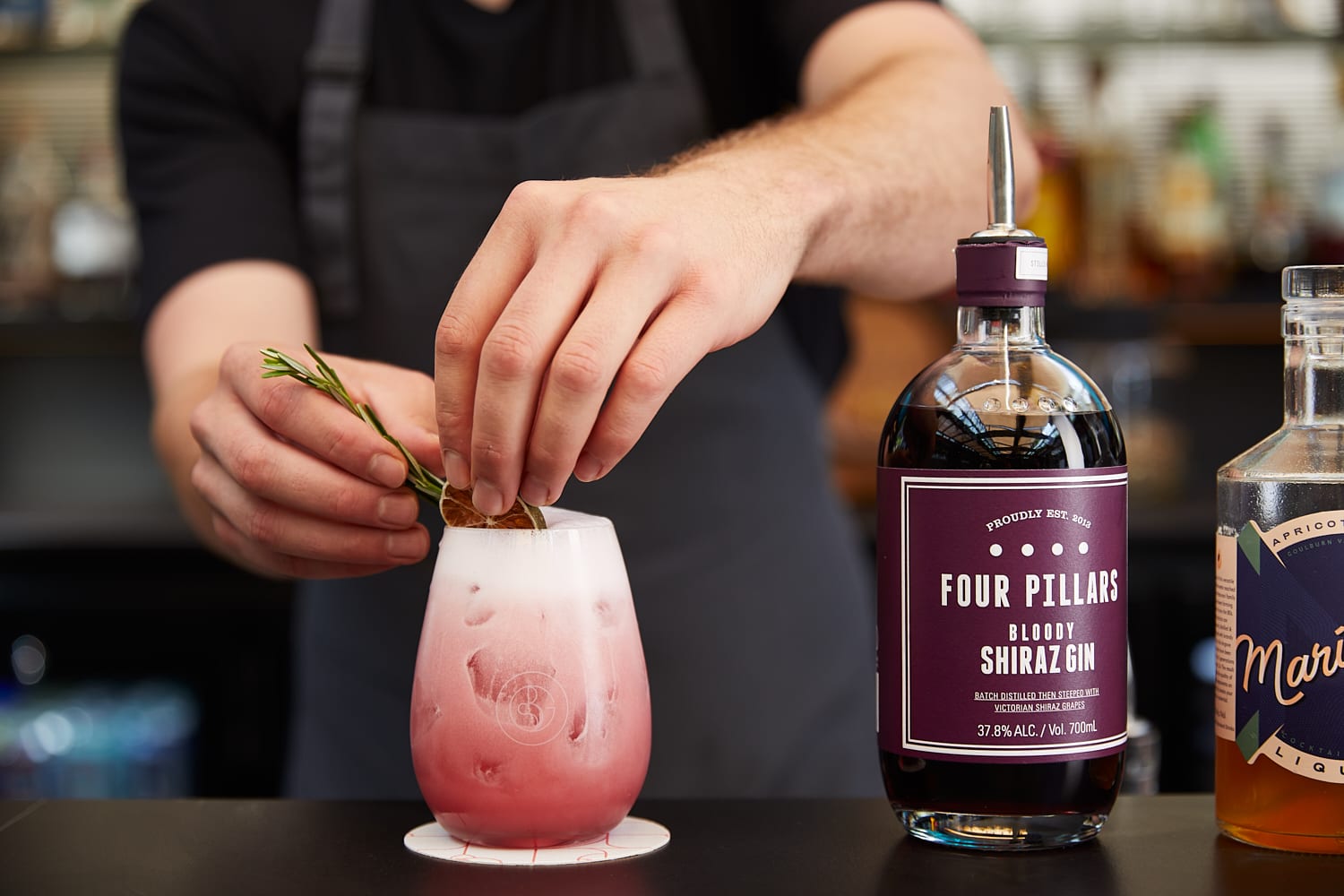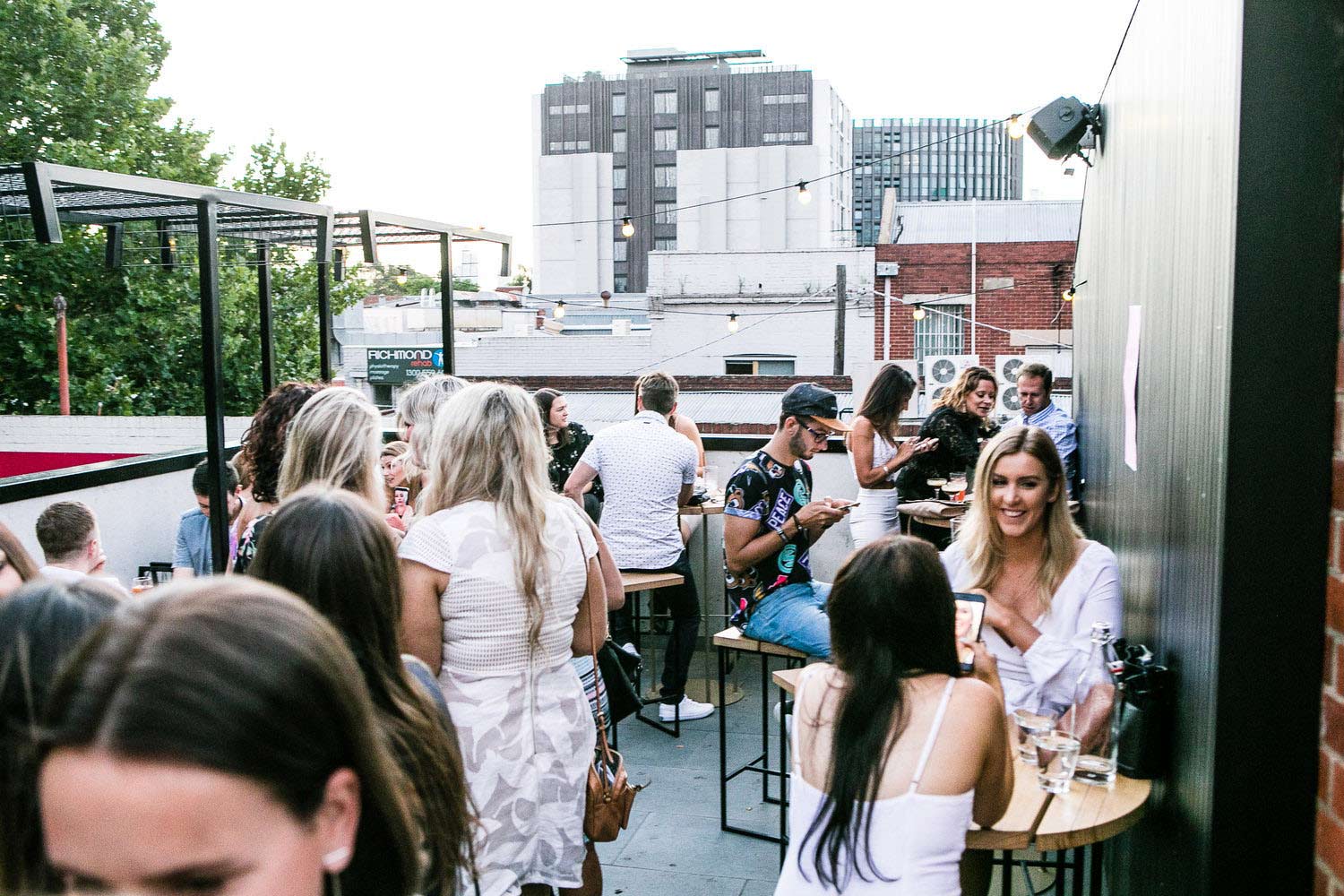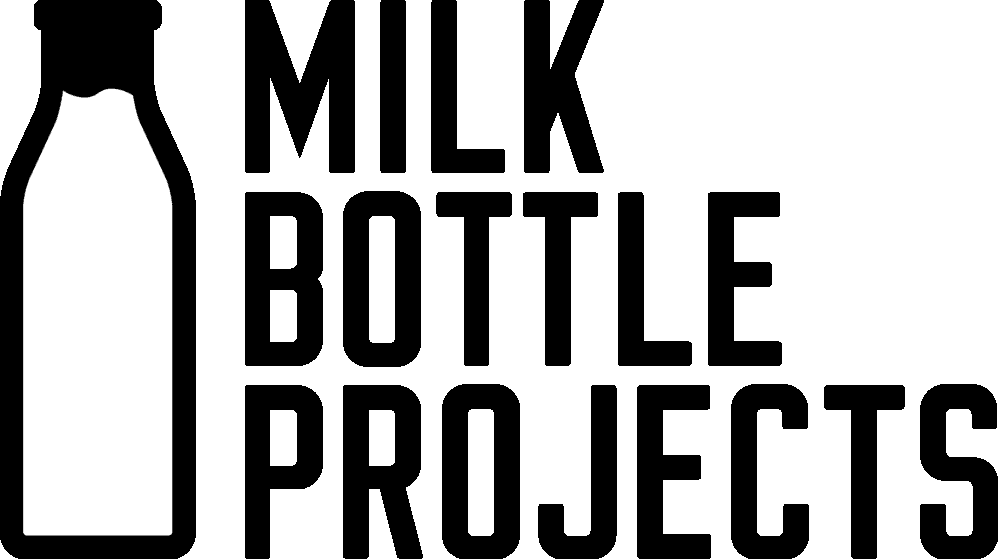8 Tips For Planning A Killer PR Event
- Topics of Conversation + Marketing Advice
- October 4, 2021


PR events are an excellent way to raise awareness of your business amongst key members of the media and to expand your network of potential customers. They create opportunities for vital media stakeholders to interact directly with your brand, which in turn can provide a high level of exposure and engagement.
Whether it’s a product launch, brand collaboration event or anything in between, it is crucial to plan your event well in advance to ensure that you maximise your available marketing opportunities. In this blog post we share our eight top tips for planning your PR event to ensure it goes off with a bang.
1. Find your purpose:
Before any event planning can begin, it is important to understand your why. Ask yourself: What is the purpose of your event? What do you want to achieve through running the event? Perhaps it’s to celebrate the launch of a new product, or it could be a masterclass to show creative ways to use your product.
2. Set goals:
Once you’ve set your intentions for the event, use this to create measurable goals and benchmarks. This could be to sell a certain amount of products, or perhaps to generate awareness on social media through specific event campaign hashtags. Once these goals are in place, you will find it far easier to create an event plan to achieve them.
Some measurable goals for your event could include:
- Secure coverage in 20 different media outlets (across TV, radio, print and digital) as a result of the event
- Generate 50+ organic UGC pieces from influencers and media personnel who attend the event
- Sell 150 units of your new product at the event
- Increase Instagram following by 20% over a month
3. Plan the date:
It is important to be timely when kicking off your PR event. Will it be on the day of a product launch, or perhaps several days before to generate awareness before the launch? Whatever you decide, make sure that your event fits into your broader multichannel marketing strategy. Read here to find our top five marketing strategies to launch a new product.
Ideally, you want to hold an event on a date where the largest amount of media and influential people will be able to attend. As such, it is important to appropriately plan your PR event so that it doesn’t coincide with any other major events on the same day that may be of interest to your invitees.


4. Create appeal for the event:
In order to generate publicity and gain interest for the event, it’s vital that you create an enticing component or newsworthy story behind your event that gives the media a valid reason to attend. If you have a keynote speaker, a famous guest attending, an unveiling of a new product or perhaps a live demonstration, let the media know. Not only will this boost interest and excitement for your event, but it can also create curiosity about your brand.
You may like to also consider looking for opportunities to partner with other interesting companies relevant to your brand by having them co-host or sponsor the event. This allows you to get exposure to a whole new network of people, align yourself with other respected brands and is a great way to create a newsworthy story.
This may be a good time to revisit your purpose for hosting the event, to ensure you both achieve your goals and that your entertainment is relevant and informative. When creating appeal for the event, it is important to consider your theme, venue, decor, food and beverage offering and other entertainment such as music.
Media Event
A media event is designed to introduce your brand in detail, convincing guests to share the brand through earned media on their associated publications. You want to give stakeholders as much information as possible to then write about or review your brand or product. Focus your entertainment on showcasing what your brand stands for, what makes it unique and why you are ‘superior’ in the industry.
For example, a gin media event might have branded printouts of what gins they’re tasting with tasting notes, some bottles of botanicals to smell and a cocktail workshop with an experienced bartender to show the cocktail in use. Use these events to network as much as you can, so that you can build rapport and create connections that will help your brand well beyond the duration of the event.
Consumer Event
The idea with a consumer-based event is to create a “world” or experience around your brand in a wholesome, more experiential way. The goal is to create a valuable and memorable impact on the consumer, leading them to not only want to share their experience with all of their friends – both online and off – but also become more likely to make a purchase. For these events, you can focus less on the details related to your brand or product, and rather focus on ‘living’ your brand and everything it stands for in a more abstract, exciting way.
For example, the same gin brand might immerse consumers in their brand through a virtual reality simulator, loud music and entertainment, matching food offering and photo wall. It is important to make it easy for attendees to share their experience online to their personal accounts, so ensure you create an official event hashtag and create photo opportunities by adding details such as a photo wall.
5. Create your guest list:
In our previous blog post, we show you how to write a press release, which can be sent to potential guests to inform them of the event. Once you have created this press kit in place, you need to narrow down who you would like to attend your event.
It is important to target media contacts that you know will be able to offer you great media coverage of your event. Consider what publications, and social media influencers are relevant to your brand. Research into which stories journalists have previously covered, their personal interests as well as their audience demographics to ensure that their values align with your brand and event. In our introduction to PR, we explain how to create the perfect media database for your PR campaign.
Once you have decided on your guest list, it is crucial to notify them of your event well before the date so they can mark it in their calendars. We recommend doing this at least three to four weeks prior to the event. No one wants a last-minute invite to an event, particularly as many members of the media often have very busy schedules. Even if some guests are unable to attend, an invitation shows that you have considered them and will benefit your relationship with them in the future. You might like to consider a backup list of invitees if priority media stakeholders are unable to attend. However, make sure these guests don’t feel like a ‘backup’ when you invite them by ensuring they still have as much notice as possible to attend.


6. Get social:
The immediacy and accessibility of social channels such as Instagram, Facebook and Tiktok make them excellent vehicles for speaking the word about your event. Establishing a relevant and snappy official hashtag for your event is a great way to create online conversations and encourage your guests to share photos with their followers. Having influencers and influential media personnel posting from your event can do amazing things for your brand awareness.
During the event, use your business’ social media account to share content and videos with your audience. Consider hiring a professional photographer and videographer to ensure that you capture quality photos on the day of your event, as this will benefit your content marketing strategy in the future.
7. Take- Home Press Kit
Send your guests home with a quality, brand-relevant press kit after the event. A press kit contains resources and information that can be used by reporters and publishers. Consider including your press release, some hi-res images and a little takeaway product from your brand. For example, an entertainment venue could also include tickets to a show, coupons or a show bag of goodies in their press kit along with marketing and brand collateral for guests to take home with them. This will make it easier for journalists to quickly learn about your brand and to access any marketing materials that they could use in a story.
8. Follow Up:
Just because the event is over, doesn’t mean there’s nothing left for you to do. This is the perfect opportunity to follow up with everyone involved to thank them for attending. If you want to go the extra mile whilst also gaining feedback from your event, follow up with attendees individually to not only thank them and build those crucial connections, but also to understand what they thought of your event.
People will be discussing the event and sharing content for days to come. If you’ve encouraged people to participate using your hashtags during the event, take some time to check the hashtag and join in the conversation online.
It is crucial to follow up with journalists after the event to keep your event top of mind and to maximise publicity opportunities. As you follow up with journalists, make sure to record which editorial get’s published so that you can keep track of your progress and analyse your results at the end of your campaign!
If you’d rather leave your PR event planning to the experts, contact us today. Our team knows what it takes to successfully manage and plan events, to ensure they are not only a success, but that you are maximising publicity opportunities to reach your business goals.

